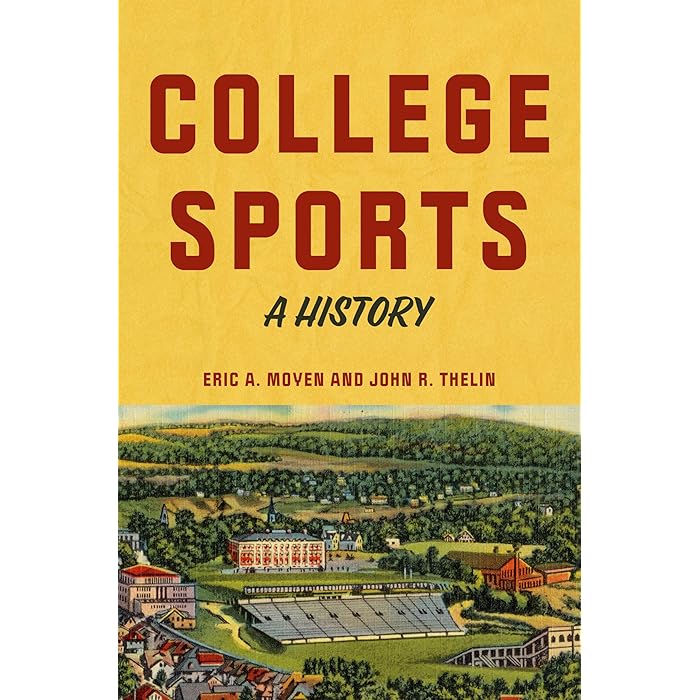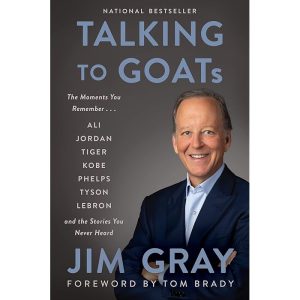Description
The history of college sports in the United States is a fascinating tale of competition, growth, and cultural significance. College athletics have become deeply embedded in American culture, shaping both the sporting landscape and the collegiate experience. Below is an overview of the history and evolution of college sports.
### Early Beginnings (19th Century)
College sports in the U.S. can trace their roots back to the early 19th century. The first known intercollegiate athletic competition was a rowing race between Yale and Harvard in 1852, which was organized by the two schools to enhance their relationships and give students a competitive outlet. This event marked the start of a tradition that would expand to other sports.
– **Football:** American football’s origins in college can be traced to the 1860s, influenced by rugby and soccer. Yale and Princeton were among the first to organize intercollegiate football games. The first intercollegiate football game was played in 1869 between Rutgers and Princeton. The sport evolved rapidly in the following decades, with college teams and rules becoming more formalized.
– **Baseball:** College baseball also began in the mid-19th century. The first recorded college baseball game was held in 1859 between Amherst and Williams College. As the sport grew, college baseball teams became integral to the development of the sport nationally.
### Formalization and Growth (Late 19th Century to Early 20th Century)
– **Formation of Governing Bodies:** As college sports grew in popularity, there was a need for rules and regulations to govern them. In 1905, the **Intercollegiate Athletic Association of the United States (IAAUS)** was founded, which would later become the **National Collegiate Athletic Association (NCAA)** in 1910. This organization standardized the rules for college sports and helped promote fair play, addressing issues such as violence in college football, which had led to serious injuries and deaths.
– **Basketball:** College basketball began in 1891 when Dr. James Naismith, a physical education instructor at the University of Kansas, invented the sport. The first intercollegiate basketball game took place in 1893 between the University of Chicago and the University of Iowa. The NCAA would later organize the first national tournament, which would become the famous “March Madness” tournament.
### Mid-20th Century: The Rise of Major College Sports (1930s–1960s)
– **The NCAA’s Role Expands:** In the mid-20th century, college sports began to gain national attention. The NCAA started organizing more structured championships in a variety of sports, including track and field, swimming, and basketball.
– **Television Influence:** The advent of television in the 1950s and 1960s dramatically impacted college sports, especially football and basketball. The introduction of televised games brought college sports into millions of homes, giving rise to nationwide followings for major programs. The 1950s also saw the development of bowl games in college football, such as the Rose Bowl and Sugar Bowl, which became annual events that captivated fans.
– **Integration and Desegregation:** The 1960s and 1970s were crucial decades for the integration of college sports. In the 1960s, schools in the South began to break down racial barriers, leading to the inclusion of Black athletes in college teams. This integration not only helped challenge racial prejudices but also increased the talent pool in college sports, leading to more competitive games.
### Modern Era: Commercialization and Expansion (1970s–Present)
– **Title IX (1972):** One of the most significant milestones in the history of college sports was the passage of **Title IX** in 1972. This federal law mandated that federally funded educational institutions provide equal opportunities for women in athletics. The law led to a dramatic increase in women’s participation in college sports, with women’s sports like soccer, softball, and volleyball becoming popular and respected.
– **The College Football Playoff and BCS:** Football’s dominance in college sports continued through the late 20th and early 21st centuries. In 1998, the **Bowl Championship Series (BCS)** was established to determine the top college football teams through a selection committee and a series of bowl games. This was replaced in 2014 by the **College Football Playoff (CFP)**, a four-team playoff system to crown the national champion.
– **Commercialization and Media Rights:** In recent decades, college sports have become big business. Television contracts, sponsorships, and merchandising have transformed college sports into multi-billion-dollar industries. Major athletic conferences like the SEC, Big Ten, and Pac-12 generate significant revenue from broadcasting rights, and college football and basketball tournaments (such as the College Football Playoff and NCAA March Madness) attract huge audiences.
– **NIL (Name, Image, and Likeness) Rights (2021):** In 2021, the NCAA began allowing college athletes to profit from their name, image, and likeness (NIL). This change has provided opportunities for college athletes to sign endorsement deals, further blurring the lines between amateur and professional sports. The move was seen as a significant shift in the landscape of college athletics, providing athletes with financial benefits that were previously unavailable to them.
### The Impact of College Sports
College sports have become more than just games; they are a massive part of American culture, with passionate fanbases and high-stakes competitions. Major college football games like the “Iron Bowl” (Alabama vs. Auburn) or the “Red River Rivalry” (Texas vs. Oklahoma) are celebrated events. College basketball’s March Madness tournament captivates millions every year, and the success of college athletes can often lead to lucrative professional careers in sports.
Furthermore, college sports contribute to student life, foster school pride, and give students opportunities for scholarships, particularly in sports like football, basketball, and track and field.


















Reviews
There are no reviews yet.